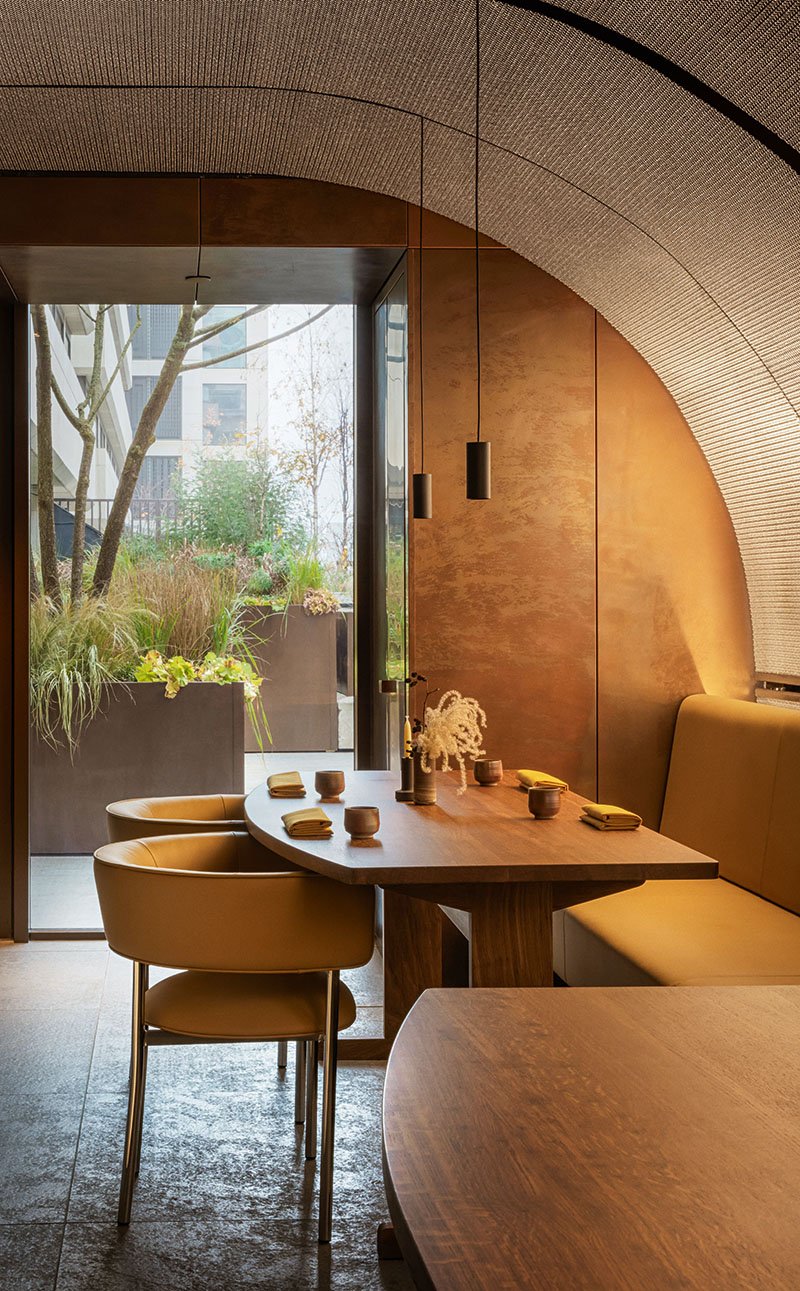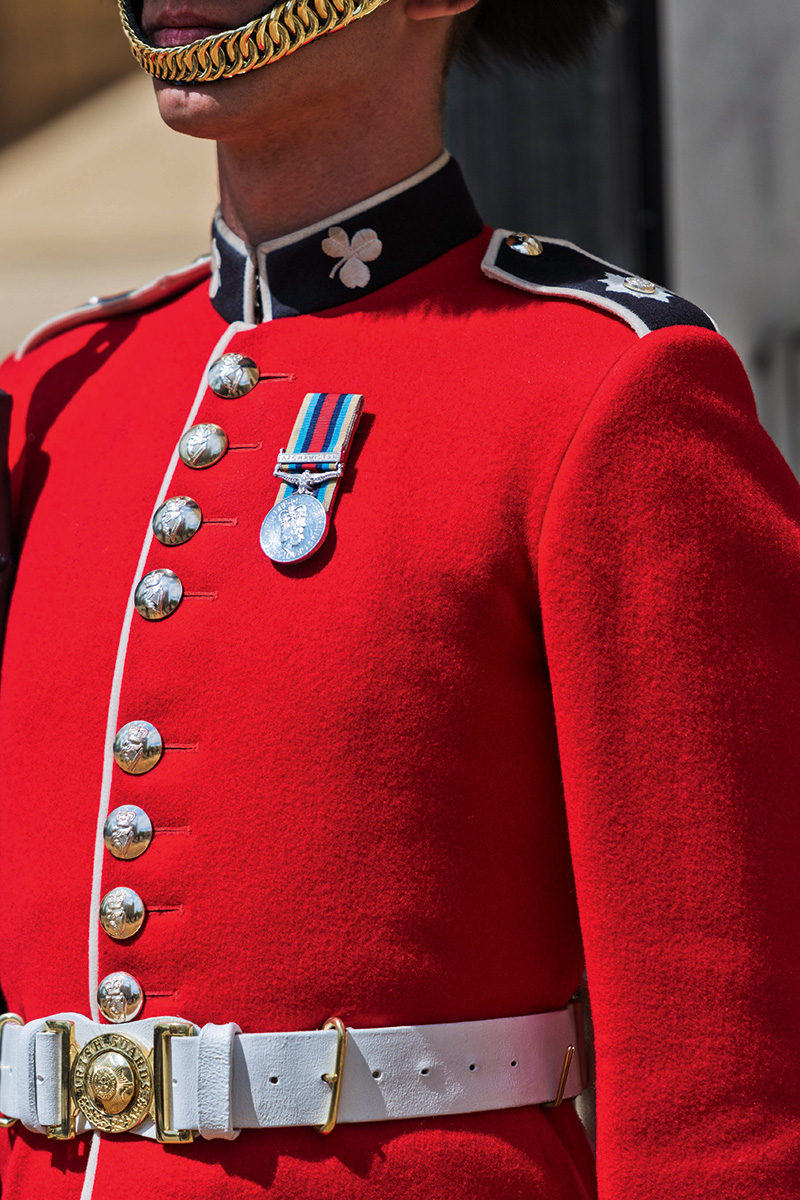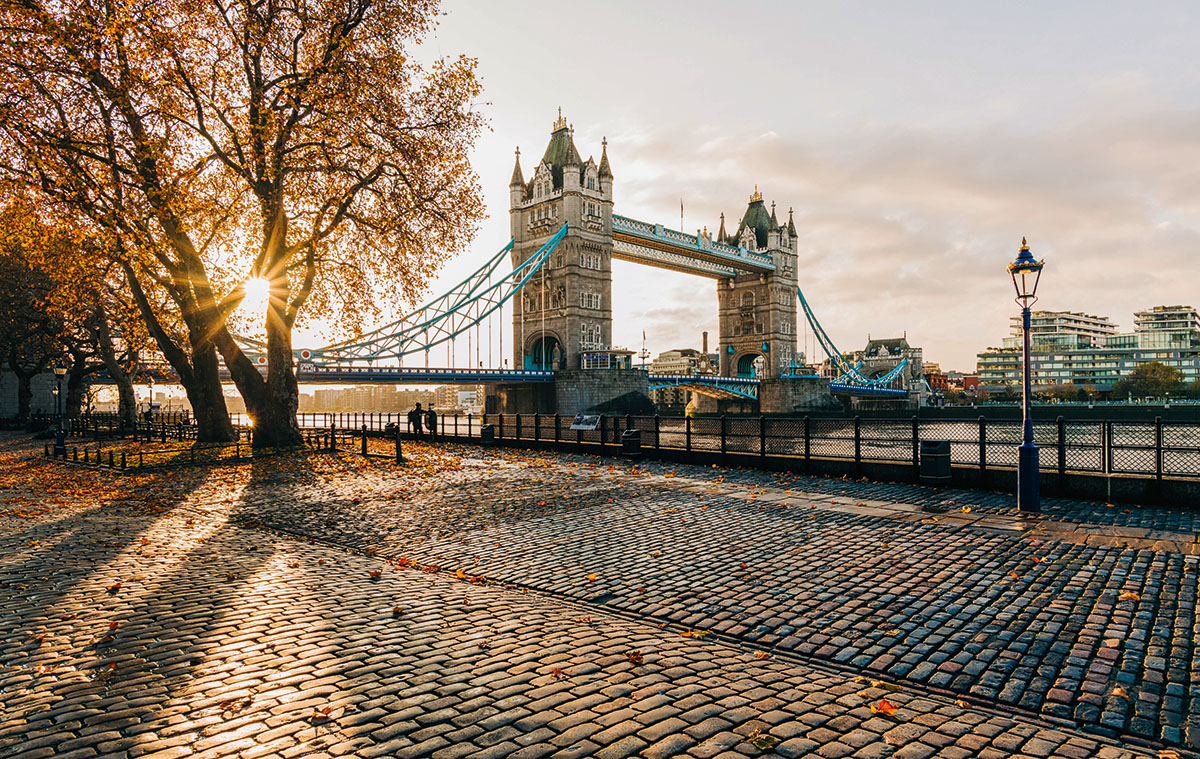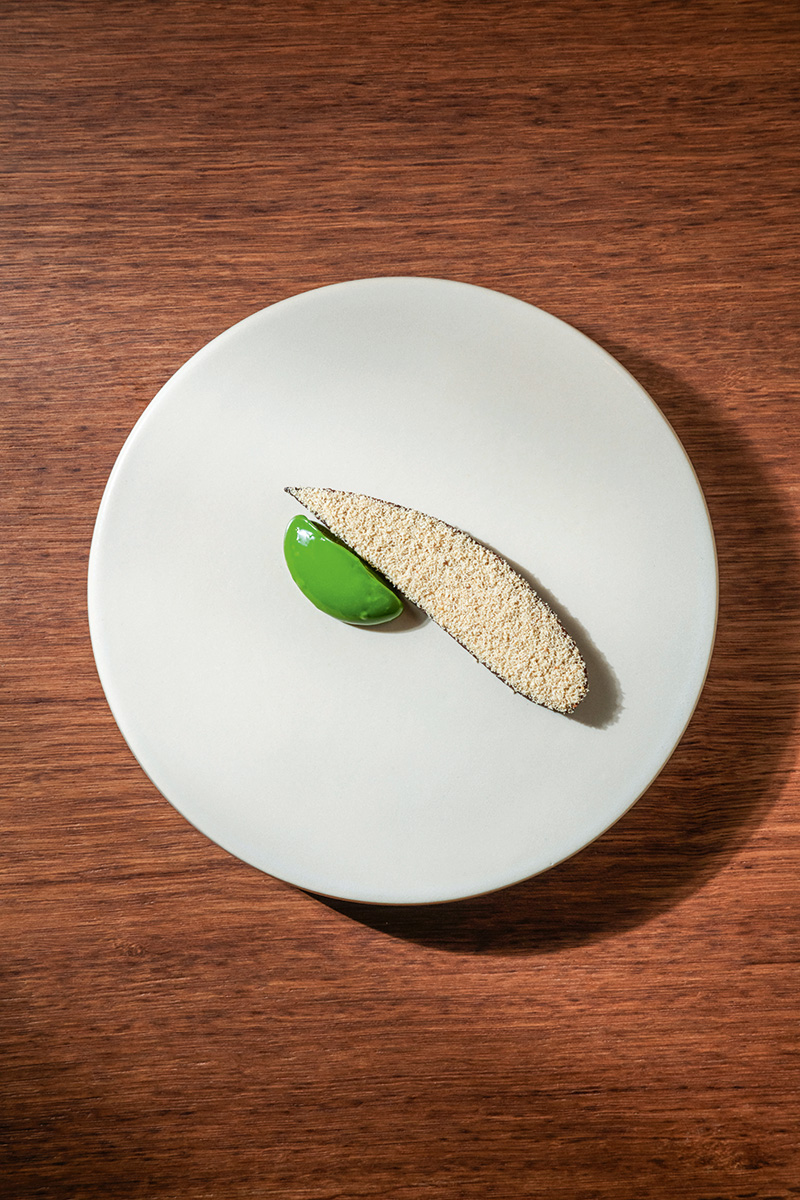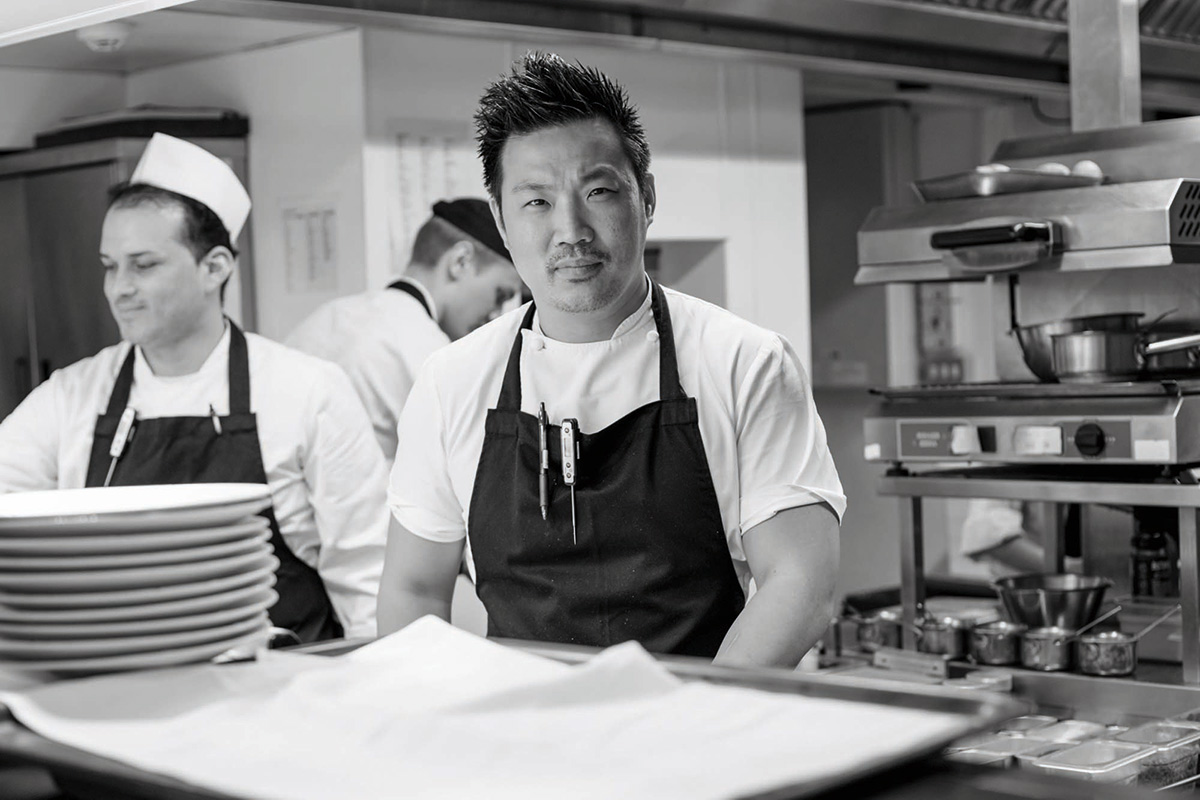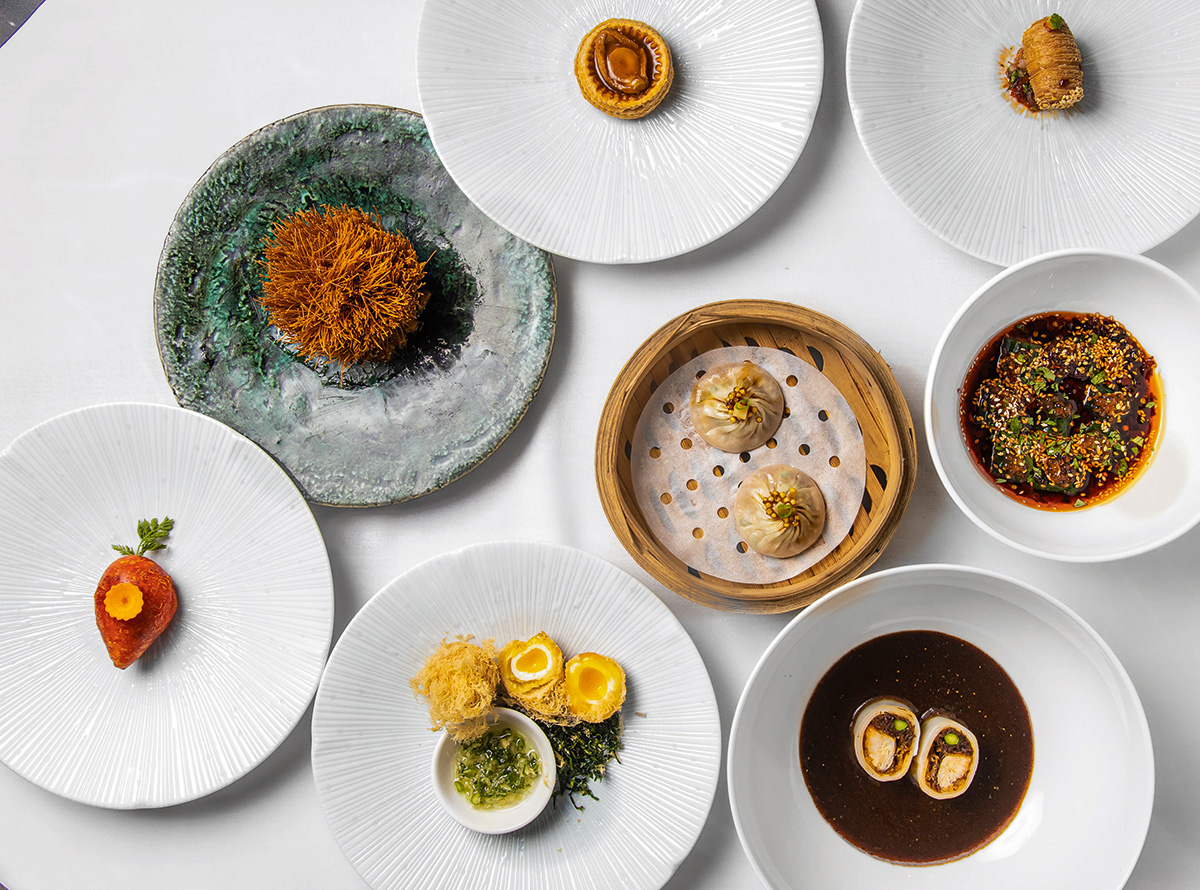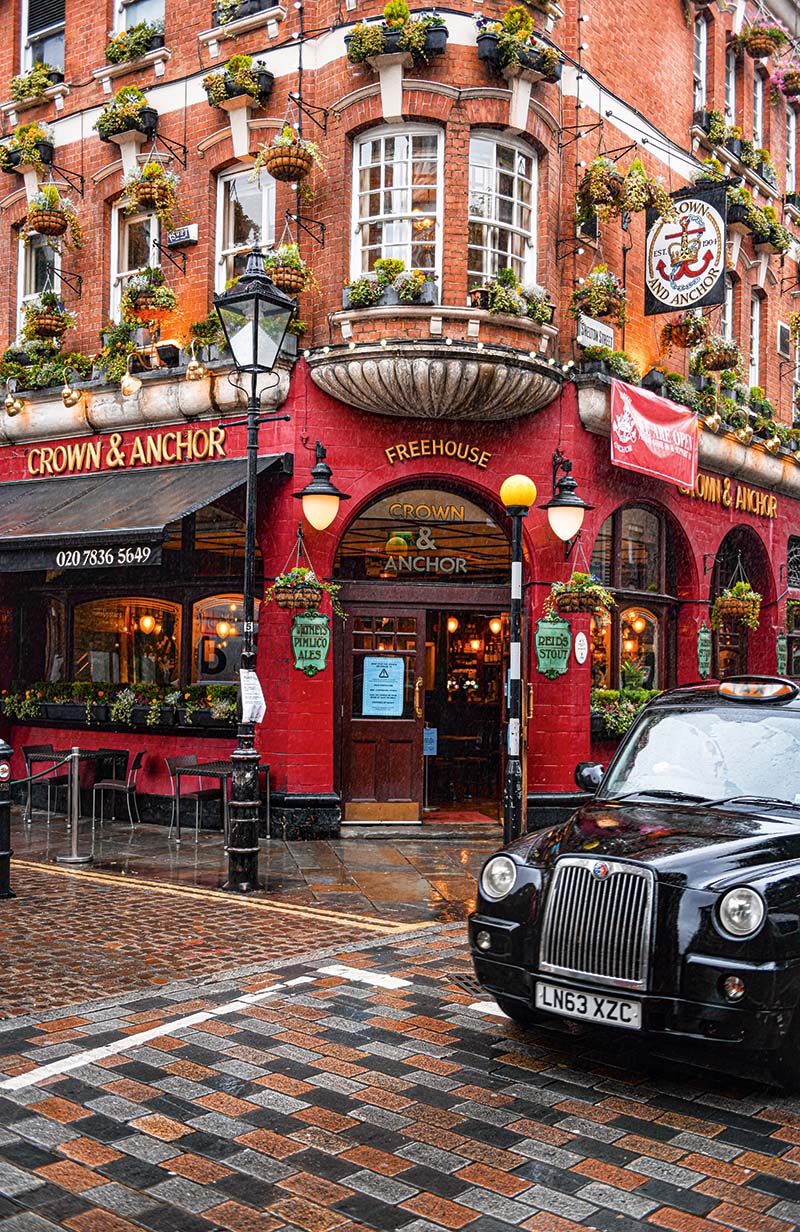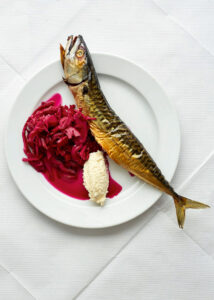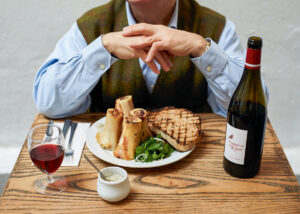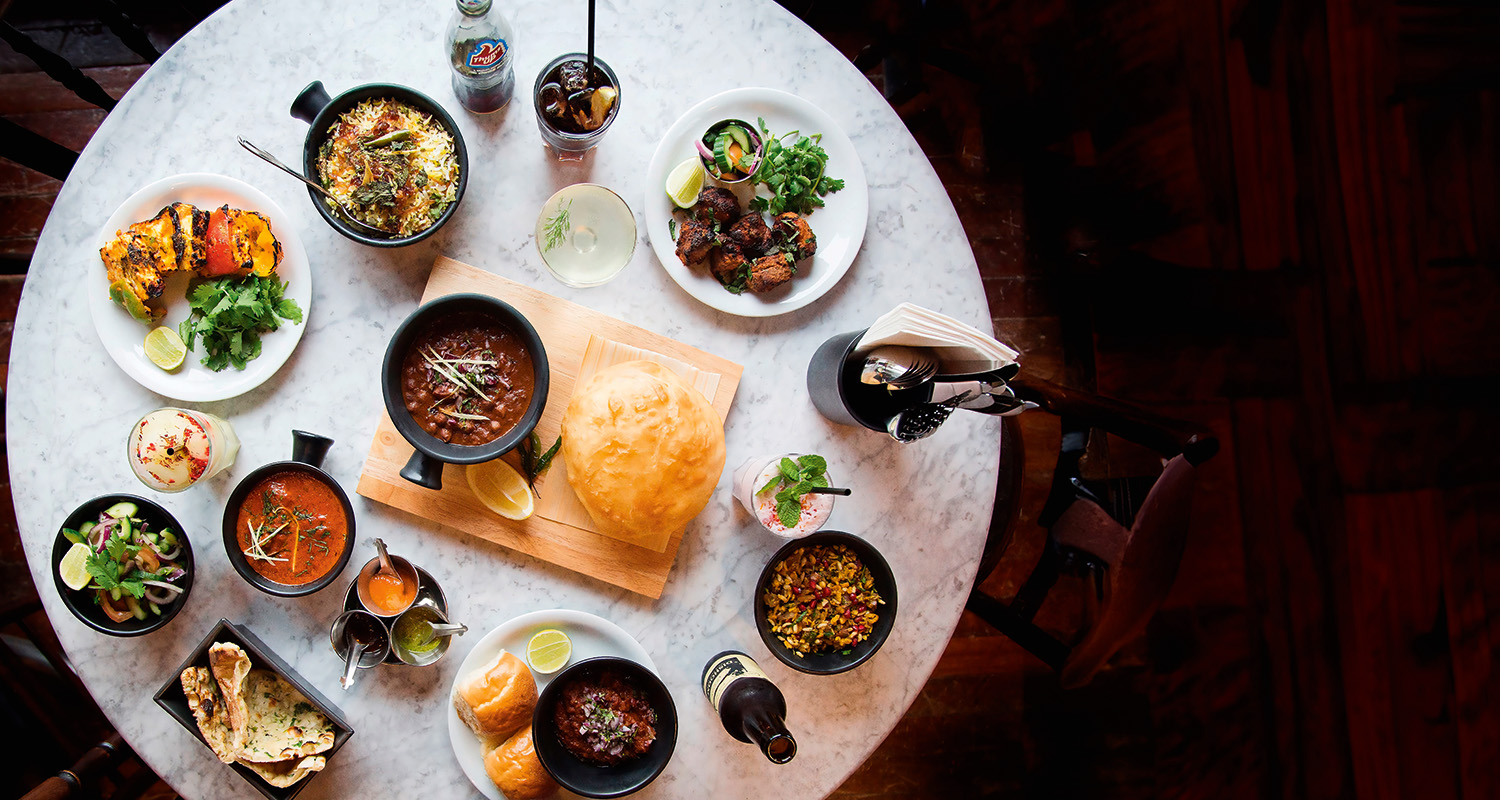
London for foodies: From World Cuisine to British Traditional
More than anywhere else in Britain, the capital London has come through the bad-food doldrums and emerged as a shining – and very tasty – beacon of top-quality international cuisine, with a diversity that leaves other cities in Europe green with envy.
March 12, 2024
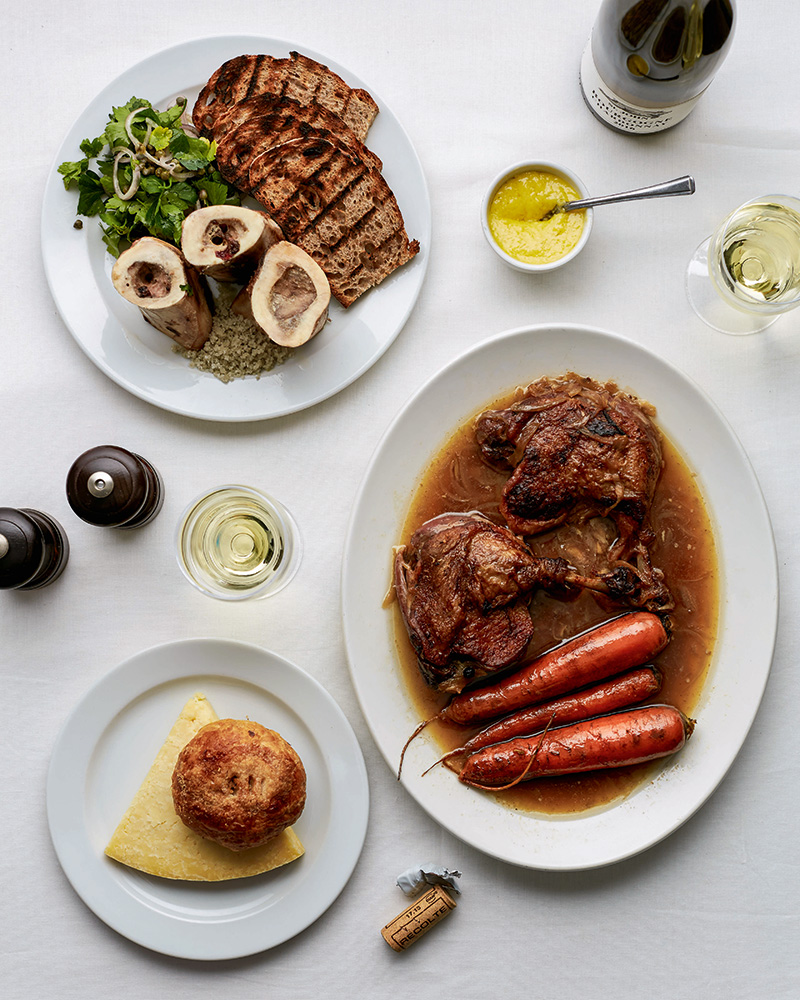
© Sam A. Harris
It is nearly 30 years since the London chef Fergus Henderson opened his restaurant "St. John", thereby kicking off a sea change in the culinary culture of his native country. On the face of it, what he was doing wasn't that revolutionary. "Nose to tail eating" – in other words, a commitment to using every bit of the animal – was how Henderson described his philosophy. It is a principle that other chefs in Europe take as unquestioned basic wisdom, but one which until then had largely bypassed British kitchens.
© Irina-Boersma
Three decades later, "St. John", with its understated interior of white walls, snowy table linen and simple wooden chairs, remains exceptionally popular. Expect to find yourself sitting between locals and tourists who are busy posting what's on their plate on lnstagram, including bone marrow on toast – which features on the menu of practically every bistro in Paris and certainly wouldn't be considered worth getting your camera out for. As unshowy as the food may seem to be at St. John, the secret ingredient here is the preparation.
© provided
There is a laser-sharp focus on the quality of the basic ingredients and on very precise cooking times. The star of the show is, of course, offal, the ingredient on which the restaurant's reputation is built. Dishes here include calf liver that is fried to tender perfection, crisp on the outside and with a pink middle; it is served with juicy beets and lightly blanched spinach. Other stand-out items include classic local heritage dishes that rarely feature anywhere else, like the unfortunately named but very delicious "faggots," a kind of meatball made with chopped offal which is served with seasonal vegetables, such as fresh fava beans.
© GettyImages
London's rise through the ranks to become the European capital of international cuisine started more than 30 years ago. It was largely thanks to the Indian restaurants, of which London has more award-winning and highly recommended specimens than anywhere else west of the Hindukush. It's no surprise that in 2001, the former foreign secretary Robin Cook elevated chicken tikka masala, a dish with Indian roots, to the status of Britain's national dish in a much-noted speech.
© GettyImages
Over the last decade, the small restaurant chain "Dishoom" has attracted critical praise and throngs of diners in equal measure. The Bombay-style food is based on excellent ingredients, moderate prices, handmade flatbread and a generous serving of nostalgia. One of "Dishoom's" signature dishes, and a legend in its own time, is Black Daal, a creamy, deeply satisfying lentil curry that is simmered for 24 hours. Another is Jackfruit Biryani, a rice dish that combines exotic jackfruit with yoghurt, raisins and – naturally – an extravaganza of spices.
Irina Boersma
London is not just a hotspot for Indian food: The Chinese food here is probably better than anywhere else in Europe. At the head of a plethora of truly excellent restaurants, many of which specialize in one specific regional cuisine from the vast array of Chinese culinary traditions, sits the Michelin-starred restaurant "A. Wong". Chef de cuisine Andrew Wong studied books and old manuscripts and worked with an anthropologist to design a tasting menu that scoops diners up on a journey through all the country's provinces and its 3,000-year-old culinary heritage. In keeping with an ancient tradition, the lunchtime menu revolves around a delectable choice of dim sum, the filled, steamed and sometimes pan-fried dumplings beloved in Cantonese cuisine.
Jutta Klee
A much more recent development is the gradual emergence of African-influenced restaurants in the British capital. A top pick here is the truly astonishing "Ikoyi" by Jeremy Chan and Iré Hassan-Odukale. The restaurant is named after an affluent district in Lagos, Nigeria, and its culinary focus is on top-quality produce from the British Isles, which head chef Chan combines masterfully with spices from West Africa.
James Gillies
The result is a hugely unusual and remarkable combination of flavors, such as asparagus with plantain and eko, which is a kind of Nigerian rice pudding, or smoked jollof rice – a spicy rice dish from Senegal. These delicacies are served in an elegantly retro-modern and deeply cool dining room, where Iré Hassan-Odukale heads the discreet and attentive service.
Andrea Di Filippo
Based on the influence of their compatriots with other cultural backgrounds and inspired by the success of the "St. John" restaurant mentioned above, more and more British chefs have started engaging anew and championing their own culinary traditions and heritage. One of the offshoots of this development is the so-called gastropub trend. The name designates a place with the casual, relaxed vibe of a traditional British public house, but with a sophisticated menu. Gone are the times when fish and chips fried in what you hoped was reasonably fresh oil or a not-entirely-soggy meat pie was the best you could expect to get in a real boozer.
© Sam A Harris
Nowadays, the cuisine of some pubs is one of the absolute highlights of any visit to London. For example, the wonderful "The Harwood Arms" near the stadium of Chelsea soccer club. The restaurant specializes in game, which is sometimes shot by the owners themselves and served with vegetables from their own roof garden wherever possible.
© Sam A Harris
The Sunday lunch is particularly popular at "The Harwood Arms", where they serve a typical slap-up Sunday roast with gravy, greens and Yorkshire pudding. It is an unmissable treat if you're fortunate enough to be here on a Sunday and want to enjoy a real British culinary experience. And should the weather, as it occasionally is in the city on the Thames, be rainy and foggy – then that's a sign that you've truly arrived in London!
Read more: Are these the best Hotels and Restaurants in London?

This article appeared in the Falstaff TRAVEL issue Winter 2023/24.

